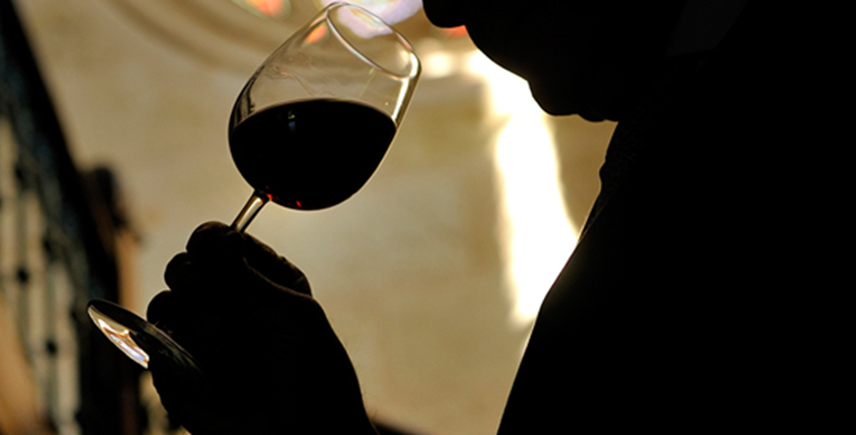
Red wines: how to choose the best glasses? Choosing the right wine glass, the one that satisfies both your sense of aesthetics and the requirements of the wine tasted, should not be left to chance. Lyre, tulip or other: place your bets!
To understand red wine in order to taste it better
To understand the specificity of red wines, a little chemistry lesson is necessary. Red wines contain more phenolic compounds (or polyphenols) than white wines. Among them are anthocyanins, responsible for the color of red wines, and tannins, which provide a feeling of astringency (or dryness) and allow wines to age well. Red wines also have a higher alcohol content than white ones, which gives the feeling of warmth and fat. It is necessary to ensure that these two powers, tannins and alcohol, are balanced in the glass. This explains the need to have different shapes at its disposal: some of them limit the power of the tannins, others the sensation of alcohol… Remember that at the beginning of the century, most red wines contained around 12 degrees of alcohol, compared to the 15 or 16 degrees they easily reach today.
Lyre against tulip
Since the end of the 19th century first distinction in shape between Bordeaux glasses and Burgundy glasses appeared. The first has the shape reminiscent of a tulip flower, the second a lyre. Jean-Robert Pitte, a great wine expert, suggests in his book “Bordeaux – Bourgogne, les passions rivales” that there would be no other ground than aesthetic or cultural.
The Burgundy glass is pot-bellied with a narrow rim. In the nose: little difference indeed, except for slightly more concentrated aromas in the first (the more the rim is closed, the more the aromas are concentrated). In the mouth, the difference is more accentuated due to its calyx shape of the top.
As for the Bordeaux glass, a very tall tulip suitable for all types of wine except fragile white wines, with a neck barely tighter than the belly, the rim is closed inwards and the wine arrives at a more precise place in the mouth. This prevents the tannins present in these wines from spreading and drying out the mouth. Thus, this glass will be suitable for powerful wines.
Conversely, in the case of the Burgundy glass, the rim is open outwards and the wine spreads generously at the front of the mouth. These wines from pinot noir, less tannic, can remain on the edge of the mouth; less coloring pigments, they are not likely to tint the lips in an unattractive way!
But what are we looking for in a Bordeaux? Power in the nose and fidelity, precision in the mouth. And in a Burgundy? Subtlety in the nose and silk, velvet in the mouth. We would be unpleasantly surprised to exchange one for the other.
Without alcohol, the party is more crazy?
There are many other intermediate shapes. For example, some models that look just like tasting glasses for whiskey. Wide at the bottom, with oblique sides and a straight rim. A format that proves that the perception of the aromas of a wine does not necessarily depend on the strength of the alcohol. In other words, the alcoholic perception of wine reduced thanks to a vertical chimney. To let the aromas rise in the glass, more slowly of course, but stripped of the alcohol vapors which remain confined to the bottom of the chalice and do not burn the nostrils. Fortunately, what we lose in alcoholic power, we gain it in aromatic complexity! The aromas can be appreciated without makeup, without coating.
Tested against two classic tulip-shaped glasses, this more “spiritual” format wins hands down in terms of enhancing the color and smoothness in the mouth. In the nose, it is slower to express the aromas, but it reveals them with more subtlety.